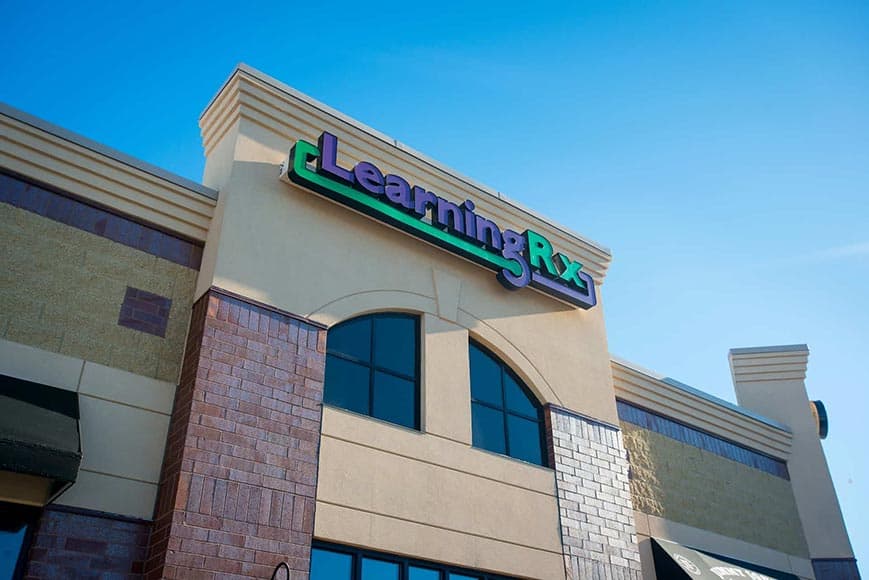10 Ways to Ease the Transition to Middle School
Plenty of TV shows and movies have highlighted the social awkwardness that characterizes the transition to middle school. There’s a unique anxiety that comes from a perfect storm of first crushes, puberty, added academic responsibilities, and a constant pull toward independence.
So how can parents best support their recent elementary school graduates as they prepare for a new phase of life this fall?
Here are 10 tips to help smooth the transition to middle school:
Visit the school this summer.
In addition to attending any sort of formal welcome event, you can contact the school to request a quick tour before the first day. If you can get a list of your child’s classes, classrooms, and locker, even better. Be sure to show your tween the lunchroom, gym, locker rooms, library, and bathrooms so they feel somewhat prepared about the layout of the school. It may also help to visit the website with your child to show them photos of the interior, students, and extracurricular activities.
Practice mastering a combination lock.
Opening a combination lock may feel like second nature to adults, but for kids who need to access their locker quickly between classes, it can be a huge source of anxiety. In fact, one long-time middle school principal tells parents that it’s the “single most important thing parents can do to help relieve their child’s anxiety.” Although most schools provide the lock to students once school starts (in order to have the combination on file), practicing on any combination lock will go a long way to preparing them for that first day.
Teach your child self-advocacy skills.
Although teachers and other staff are often lining the hallways the first week of school to offer directions, many kids are hesitant to ask for help. By teaching your child that it’s ok to ask for assistance—and to advocate for themselves when needed—they’ll be working toward independence with more confidence. Situations where your child may need to speak up include disputing a grade, asking for extra time to complete a project, requesting tutoring, or defending themselves from an untrue accusation (e.g., misbehaving, cheating, bullying).
Develop routines.
Routines aren’t just about organization and time management for busy parents; they can also create a sense of security for children. By setting realistic expectations about things like bedtime, homework, and meals, families can actually reduce stress. This is especially true for anxious kids who appreciate the sense of peace and preparedness afforded by repetition and punctuality.
Create a “space for everything.”
Work with your tween to design a “space for everything.” This might include a hook for their backpack and coat by the front door, a bulletin board for important school papers, and a drawer in the fridge for snacks or school lunches. Most importantly, ensure that your student has a designated area for homework and projects. This should be stocked with school supplies and support materials. If it’s not a desk in their room but rather the dining room table or a kitchen counter, consider buying a portable caddy for their supplies so they can easily transport it back and forth before and after their work.
Encourage participation.
While some kids thrive being the center of attention, others prefer to melt into the background. For the latter, it can sometimes feel harder to make new friends or try out for sports or other activities. Look for ways to encourage participation during school hours or in after-school activities. Beyond sports, you may consider band, choir, student council, theater, or even clubs that they create based on their specific interests.
Volunteer when you can.
Despite studies that show that parental engagement improves academic achievement, volunteerism tends to drop off dramatically in middle school as there are fewer opportunities for parents to get involved. Look for opportunities to help when you can, whether it’s in the classroom, chaperoning field trips, or offering to organize food for a class party.
Create a family calendar.
Prominently displayed family calendars are a great way to help kids feel prepared and part of a team. Even printing out a one-month sheet to hang on the fridge can help everyone feel informed about their upcoming schedule and that of their family members.
Have their cognitive skills tested.
Worried your tween isn’t ready for the more rigorous academic challenges of middle school? Consider having their cognitive skills tested. This Brain Skills Assessment only takes about an hour and it can identify which cognitive skills—such as attention, memory, auditory and visual processing, logic & reasoning, and processing skills—are strong and which are preventing your child from living up to their full learning potential. In fact, more than 85% of learning struggles are rooted in underperforming brain skills.
The good news? Cognitive skills can be targeted and trained with one-on-one brain training, which is designed to make thinking, learning, and reading easier and faster.
Teach them stress management techniques.
Without you there to co-regulate their feelings, your middle schooler will need to use techniques to soothe or calm themselves. Yoga, meditation, and journaling can help outside the classroom, but also give them tools to use in the moment. Visualization, grounding exercises, and deep breathing (to help them shift out of “fight, flight, or freeze” mode) can all be done quietly without leaving their seat.
Try these tips, tools, and techniques to help prepare your tween for the transition to middle school. With your support and encouragement, your student can spend the next few years making friends, having fun, and truly thriving!







